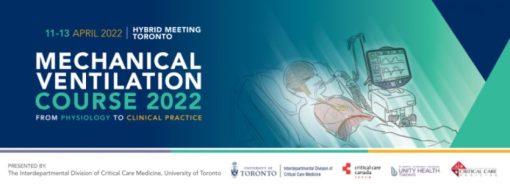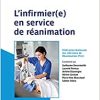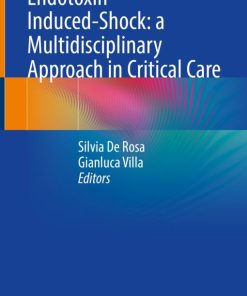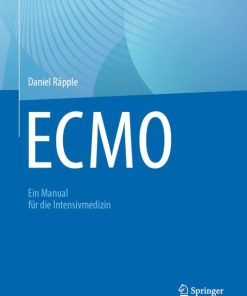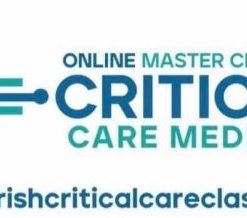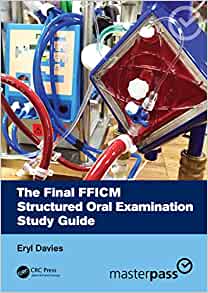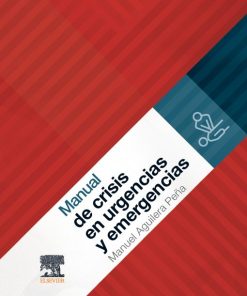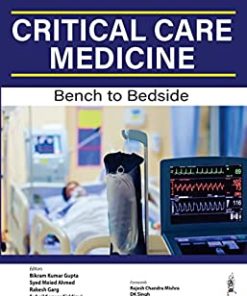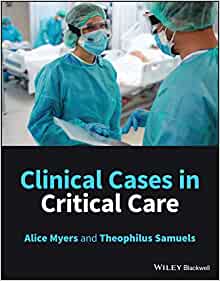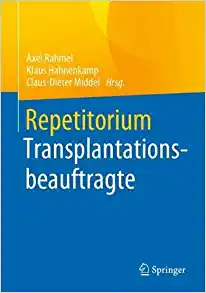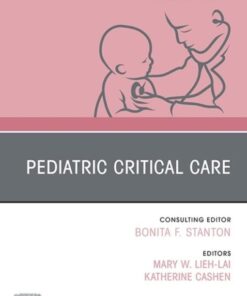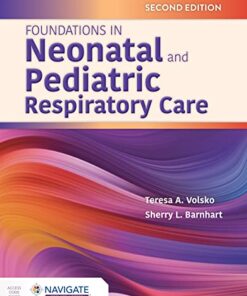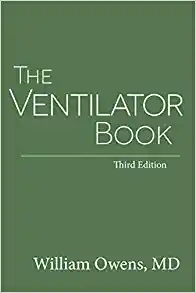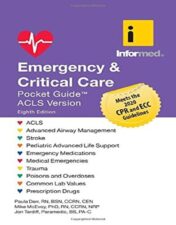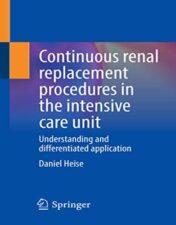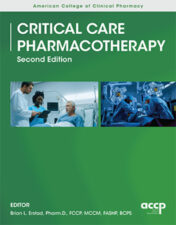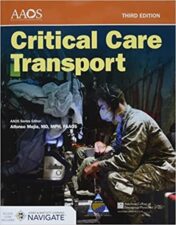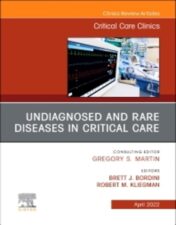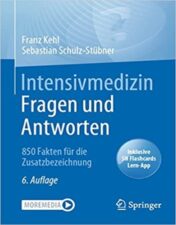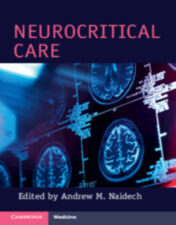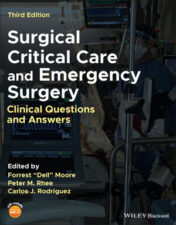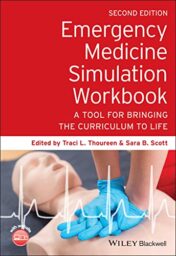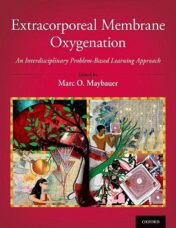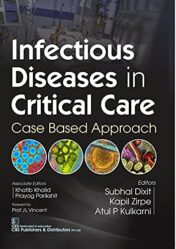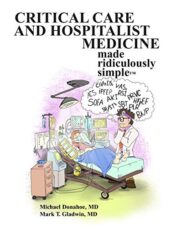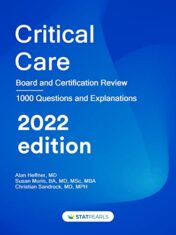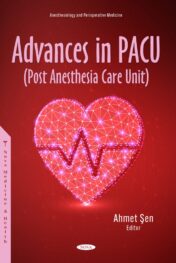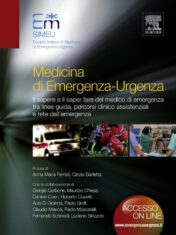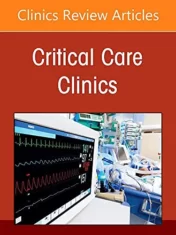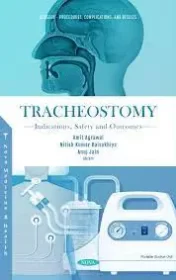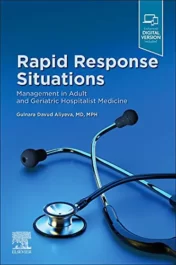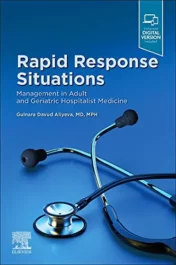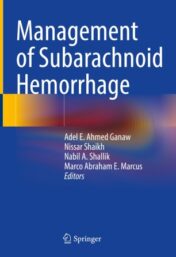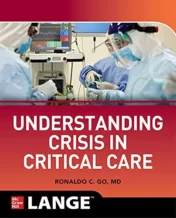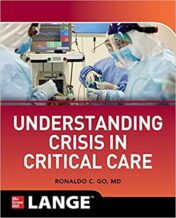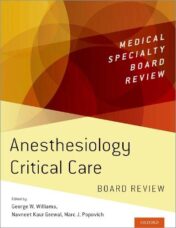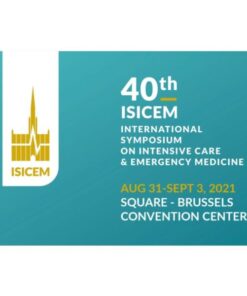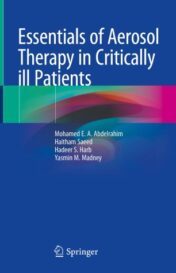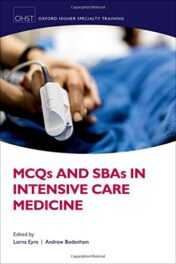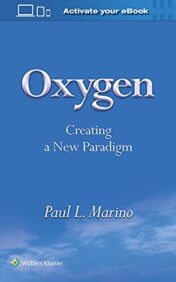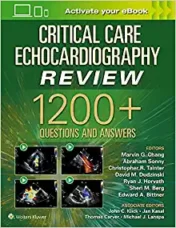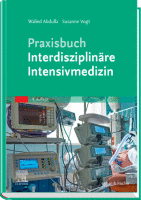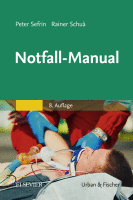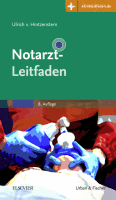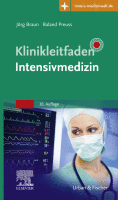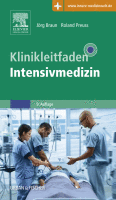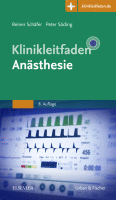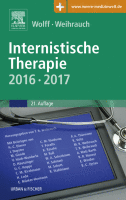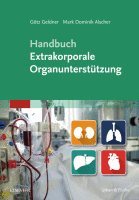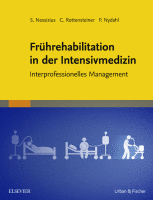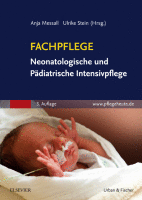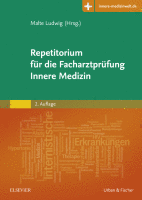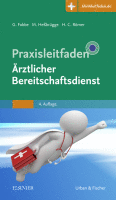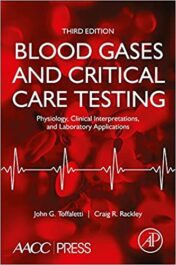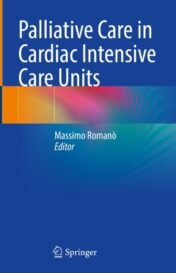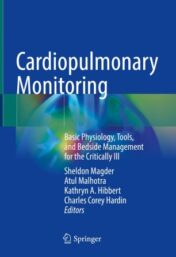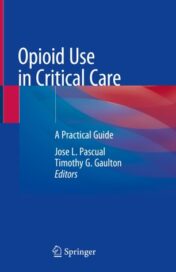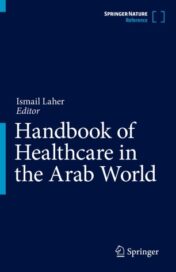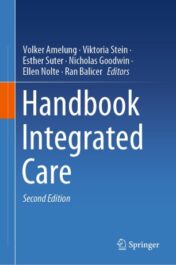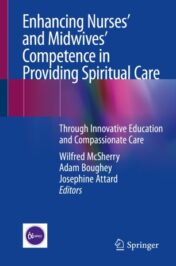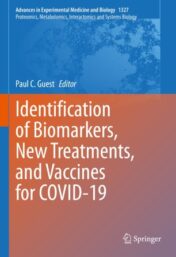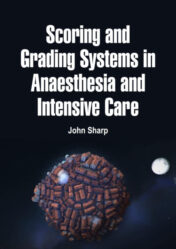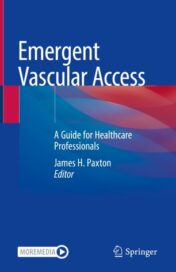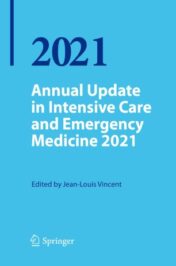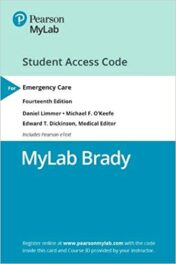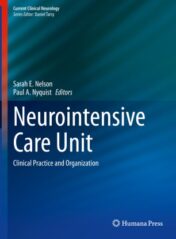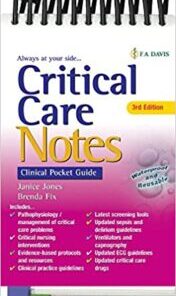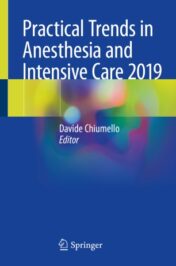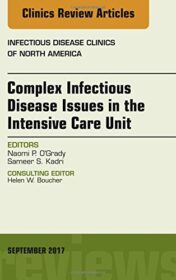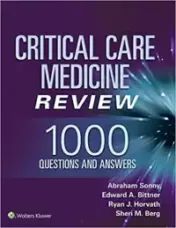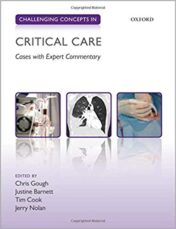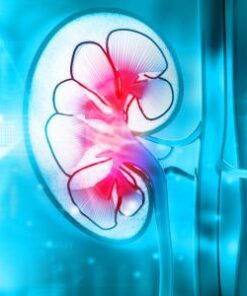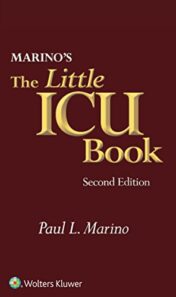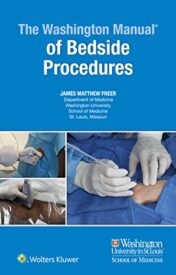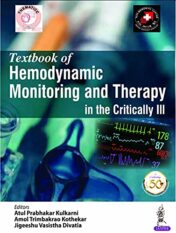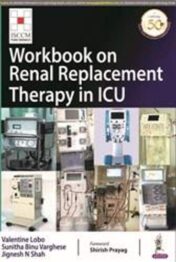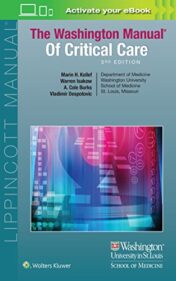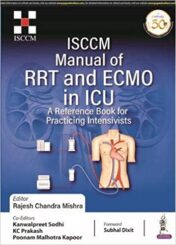Mechanical Ventilation Course 2022 (Videos)
Goals
Enhance ICU clinicians’ understanding of the physiological principles informing assessment and management of mechanical ventilation and strengthen their skills in assessing patient-ventilator interaction.
Increase awareness of the many relevant aspects of conventional and novel invasive and non-invasive mechanical ventilation techniques.
Enhance ICU clinicians’ knowledge of the management of specific clinical problems in mechanically ventilated patients: acute respiratory distress syndrome, chronic obstructive pulmonary disease exacerbations, and difficult weaning from mechanical ventilation.
Objectives
Explain and assess basic physiological aspects of patient-ventilator interaction: respiratory mechanics, respiratory muscle activity and function, patient-ventilator synchrony, and ventilator-induced lung and respiratory muscle injury.
Determine why and when mechanical ventilation can be a treatment, a supportive therapy or a source of complications.
Describe the optimal approach to liberating patients from mechanical ventilation and conduct a comprehensive clinical assessment to identify and treat causes of difficult ventilator weaning.
Deliver evidence-based management of acute respiratory failure using both non-invasive and invasive ventilatory techniques for the following conditions: acute respiratory distress syndrome, chronic obstructive pulmonary disease, and weaning from mechanical ventilation
Content
- Respiratory Mechanics What To Measure
- Case Discussion Managing Refractory Hypoxemia and ECLS
- Prone Positioning and Inhaled Pulmonary Vasodilators
- PEEP And Lung Recruitment
- Case Discussion Spontaneous Breathing Who, When, How, And Why
- Lung and Diaphragm – Protective Ventilation
- Case Discussion Mechanical Ventilation in Acute Brain Injury
- Heart-Lung Interactions
- Patient-Ventilator Synchrony
- Determinants Of Respiratory Drive And Effort
- Control Of Breathing
- Equation Of Motion Pressures Volumes And Flow
- Conventional And Advanced Modes Of Ventilation
- High-Flow Nasal Cannula And Non-Invasive Ventilation
- How Do I Do It Assessing The Difficult To Liberate Patient
- How I Do It – Assessing Readiness For Liberation
- Oxygen Setting – Does It Matter
- Pav And Nava
- Transporting Mechanically Ventilated Patients
- Transporting Mechanically Ventilated Patients
- Understanding The Effect Of Sedation
- Evidence Based Sedation Management In Ventilated Patients
- Evidence Based Delirium Management In Ventilated Patients
- Panel Discussion How To Mobilize Ventilated Patients
- Strategies To Improve Mechanical Ventilation Quality
- Panel Discussion Enhancing Quality Of Care For Ventilated Patients
File Size : 3.75 GB
Related Products
INTENSIVE CARE BOOKS
L’infirmier(e) en service de réanimation (Original PDF from Publisher)
INTENSIVE CARE BOOKS
INTENSIVE CARE BOOKS
Online Masterclasses Critical Care Medicine (Updated January 2023) (Videos)
INTENSIVE CARE BOOKS
American Journal of Critical Care 2022 Full Archives (True PDF)
INTENSIVE CARE BOOKS
INTENSIVE CARE BOOKS
INTENSIVE CARE BOOKS
INTENSIVE CARE BOOKS
Practical Trends in Anesthesia and Intensive Care 2020-2021, 1st edition (EPUB)
INTENSIVE CARE BOOKS
Clinical Cases in Critical Care, 1st edition (Original PDF from Publisher)
INTENSIVE CARE BOOKS
SCCM 2022 Critical Care Congress On Demand (CME VIDEOS) (Updated Complete Videos)
INTENSIVE CARE BOOKS
Critical Care Update 2022, 4th Edition (Original PDF from Publisher)
INTENSIVE CARE BOOKS
Repetitorium Transplantationsbeauftragte (German Edition) (EPUB)
INTENSIVE CARE BOOKS
The Ventilator Book, 3rd Edition (AZW3 + EPUB + Converted PDF)
INTENSIVE CARE BOOKS
Chestnet Critical Care Board Review On Demand 2022 (CME VIDEOS)
INTENSIVE CARE BOOKS
Emergency & Critical Care Pocket Guide, Revised Eighth Edition 2021 Original PDF
INTENSIVE CARE BOOKS
Fundamental Critical Care Support: Resource Limited 2020 AZW3 + EPUB + Converted PDF
INTENSIVE CARE BOOKS
Cases in Pre-Hospital and Retrieval Medicine, 2nd edition 2022 Original PDF
INTENSIVE CARE BOOKS
Critical Care Pharmacotherapy, Second Edition 2022 EPUB + Converted PDF
INTENSIVE CARE BOOKS
Critical Care Transport with Navigate Advantage Access 3rd Edition 2022 Original pdf
INTENSIVE CARE BOOKS
Neurocritical Care (Cambridge Manuals in Neurology) 2022 Original PDF
INTENSIVE CARE BOOKS
Evidence-Based Critical Care: A Case Study Approach, 2nd Edition 2020 Original PDF
INTENSIVE CARE BOOKS
Command the Airway with Rich Levitan An emergency airway masterclass CME VIDEOS
INTENSIVE CARE BOOKS
INTENSIVE CARE BOOKS
Critical Care and Hospitalist Medicine Made Ridiculously Simple 2019 High Quality PDF
INTENSIVE CARE BOOKS
Critical Care: Board and Certification Review, 2022 Edition 2021 AZW3 + EPUB + Converted PDF
INTENSIVE CARE BOOKS
Advances in Pacu Post Anesthesia Care Unit 2022 Original PDF
INTENSIVE CARE BOOKS
Tracheostomy: Indications, Safety and Outcomes 2021 Original PDF
INTENSIVE CARE BOOKS
INTENSIVE CARE BOOKS
INTENSIVE CARE BOOKS
Current opinion in critical care 2021 full archives true pdf
INTENSIVE CARE BOOKS
INTENSIVE CARE BOOKS
INTENSIVE CARE BOOKS
40th ISICEM International Symposium on Intensive Care & Emergency Medicine 2021 (CME VIDEOS
INTENSIVE CARE BOOKS
Essentials of Aerosol Therapy in Critically ill Patients 2021 Original pdf
INTENSIVE CARE BOOKS
MCQs and SBAs in Intensive Care Medicine (Oxford Higher Special Training) 2021 Original pdf
INTENSIVE CARE BOOKS
Oxygen: Creating a New Paradigm First Ed 2021 epub+converted pdf
INTENSIVE CARE BOOKS
Praxisbuch Interdisziplinäre Intensivmedizin 2021 Original pdf
INTENSIVE CARE BOOKS
INTENSIVE CARE BOOKS
Notarzt-Leitfaden Mit Zugang zur Medizinwelt A volume in Klinikleitfaden 2017 Original pdf
INTENSIVE CARE BOOKS
INTENSIVE CARE BOOKS
INTENSIVE CARE BOOKS
INTENSIVE CARE BOOKS
Internistische Therapie Theoretische Modelle und Klinische Praxis 2016 Original pdf
INTENSIVE CARE BOOKS
Handbuch Extrakorporale Organunterstützung 2019 Original pdf
INTENSIVE CARE BOOKS
INTENSIVE CARE BOOKS
Fachpflege Neonatologische und Pädiatrische Intensivpflege 2018 Original pdf
INTENSIVE CARE BOOKS
Palliative Care in Cardiac Intensive Care Units 2021 original pdf
INTENSIVE CARE BOOKS
Advanced Hemodynamic Monitoring: Basics and New Horizons 2021 Original pdf+VIDEOS
INTENSIVE CARE BOOKS
Opioid Use in Critical Care A Practical Guide 2021 Original pdf
INTENSIVE CARE BOOKS
INTENSIVE CARE BOOKS
INTENSIVE CARE BOOKS
Asthma Education Principles and Practice for the Asthma Educator 2021 Original pdf
INTENSIVE CARE BOOKS
Identification of Biomarkers, New Treatments, and Vaccines for COVID-19 2021 Original pdf
INTENSIVE CARE BOOKS
Scoring and Grading Systems in Anaesthesia and Intensive Care (PDF) 2019
INTENSIVE CARE BOOKS
INTENSIVE CARE BOOKS
Emergent Vascular Access A Guide for Healthcare Professionals Original pdf+videos
INTENSIVE CARE BOOKS
Annual Update in Intensive Care and Emergency Medicine 2021 Original pdf
INTENSIVE CARE BOOKS
INTENSIVE CARE BOOKS
Neurointensive Care Unit Clinical Practice and Organization 2020 ORIGINAL PDF
INTENSIVE CARE BOOKS
INTENSIVE CARE BOOKS
Practical Trends in Anesthesia and Intensive Care 2019 2020 ORIGINAL PDF
INTENSIVE CARE BOOKS
Critical Care Medicine Review: 1000 Questions and Answers (EPUB + Converted PDF) 2019
INTENSIVE CARE BOOKS
Challenging Concepts in Critical Care: Cases with Expert Commentary (Original PDF) 2020
INTENSIVE CARE BOOKS
INTENSIVE CARE BOOKS
INTENSIVE CARE BOOKS
The Washington Manual of Bedside Procedures Original PDF 2016
INTENSIVE CARE BOOKS
Textbook of Hemodynamic Monitoring and Therapy in the Critically Ill Original PDF 2019
INTENSIVE CARE BOOKS
Workbook on Renal Replacement Therapy in ICU (ISCCM) Original PDF 2019
INTENSIVE CARE BOOKS
The Washington Manual of Critical Care, 3rd Edition Original PDF 2017
INTENSIVE CARE BOOKS

